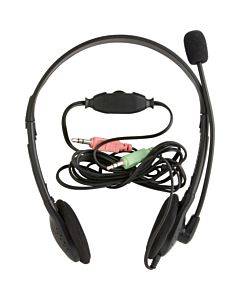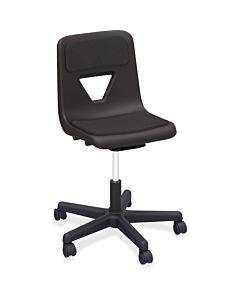Is Remote Learning here to stay for a long while?

Well, a section of us have been saying this out loud, or rather, have been presuming that children should get ready to get back to their classrooms. But, is that what you or other parents of your kids' classmates want? If this question is meted out, we are certain to get a mixed reaction!
Here's why most parents are still skeptical about sending their kids to school…
At the start of the story, this goes without mentioning: there’s been a mixed reaction across communities, races, states, and countries! We'll discuss this discrepancy later in this article.
The organization, Centre for American Progress (CPAP) has been tracking the developments concerning remote schooling vs. school reopening. After the world overcame the pandemic scare (talking about the 1st wave of coronavirus), the reactions to school-reopening were different across different layers of society and states.
By November 2020, a larger number of schools across many states in the U.S did open for in-person learning. Most of them imposed mandates about wearing face masks and carrying hand sanitizers for both the students and the staff (except only a few). This reopening of the schools across districts received mixed responses from students and their guardians. However, a few remained fully remote, some used hybrid models, and some went for fully operational status.
Unfortunately, there’s been a huge gap, as far as, access to technology for education is concerned. The gap typically exists between “high minority” states and the “low minority” ones. It’s not only about technical goods like headphones, laptops, speakers, but also the lack of high-speed internet.
Most of all, this underprivileged stratum of society will not get access to a proper studying environment to carry on with their education remotely!
The good, the bad, or the ugly?
In many parts of the U.S, parents have urged the authorities to reopen the classrooms and they even have the lawmakers by their side. This is because, although we have somewhat accustomed ourselves to remote working, remote schooling, and socializing virtually, we haven’t been able to place this “remote” thing above those good old days!
Here’s everything that remote learning has been doing since the early months of 2020:
- The academic progress of students has been falling sharply.
- Staying indoors 24x7 is taking a toll on their mental health.
- The emergence of a whopping number of virtual schools – the ones that never had classrooms (like those with doors and windows and walls since inception)!
- Schools that have failed to start an online curriculum are losing students.
- No interaction for peer-to-peer learning (whether in the classroom or on the playgrounds)
The sudden surge in the number of online schools comes in with a risk – the risk of these online schools staying on forever! So many online schools haven’t popped up to die down too early, have they? Hence, hybrid learning, both online and offline, may stay on for a nearly unending period of time!
In the recent past, the government had taken action against some online schools for "solely running a business with a profit-motive only"! These schools exhibited poor academic outcomes and produced extremely low-performing students too!
Parents today are skeptical about a similar impact that could affect the mental state and abilities of their children.






Validate your login
Sign In
Create New Account